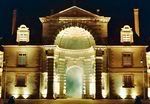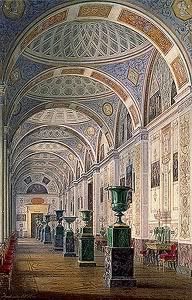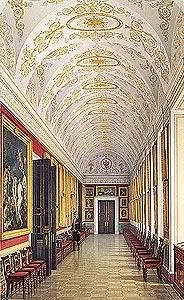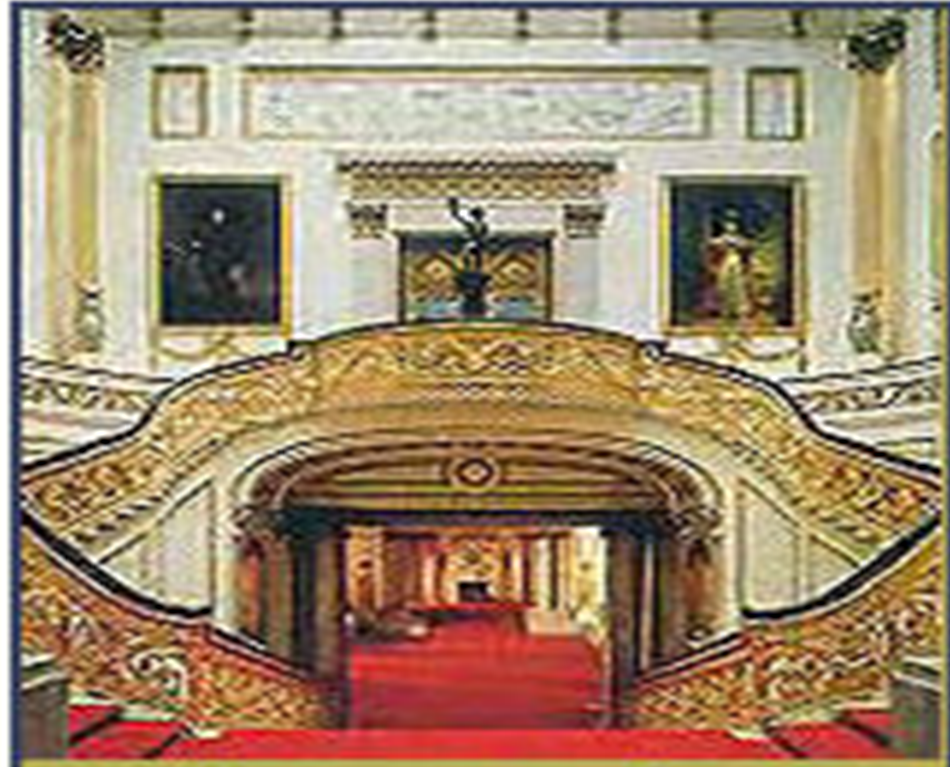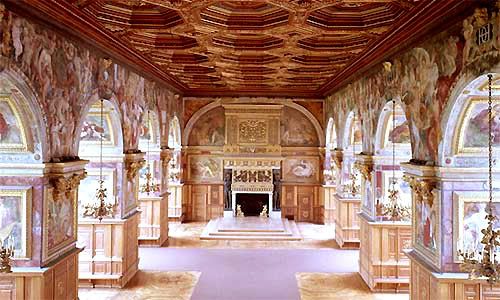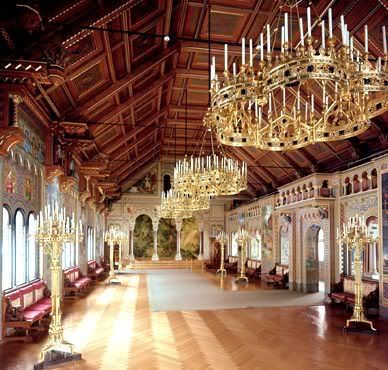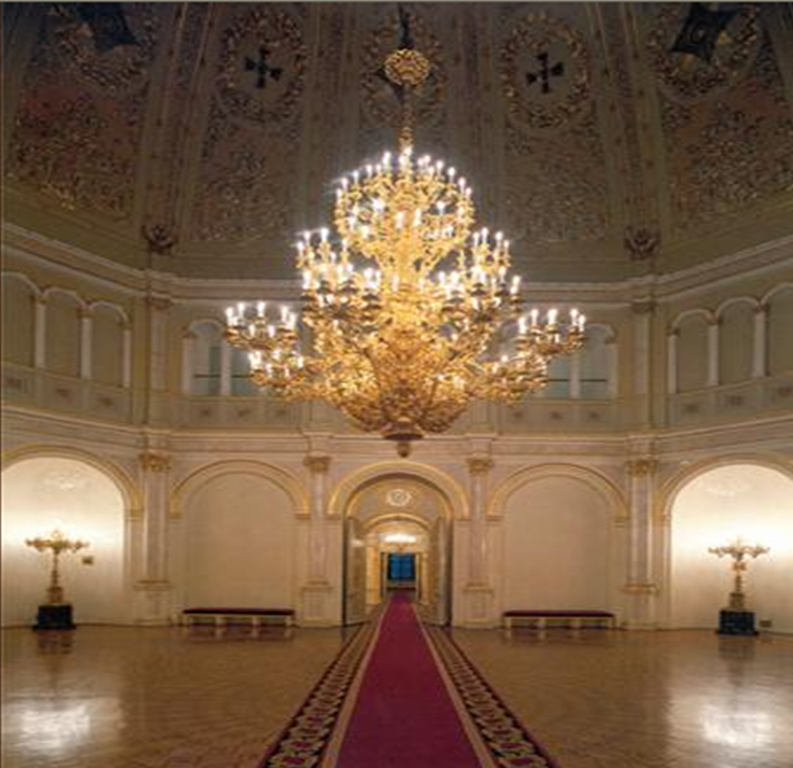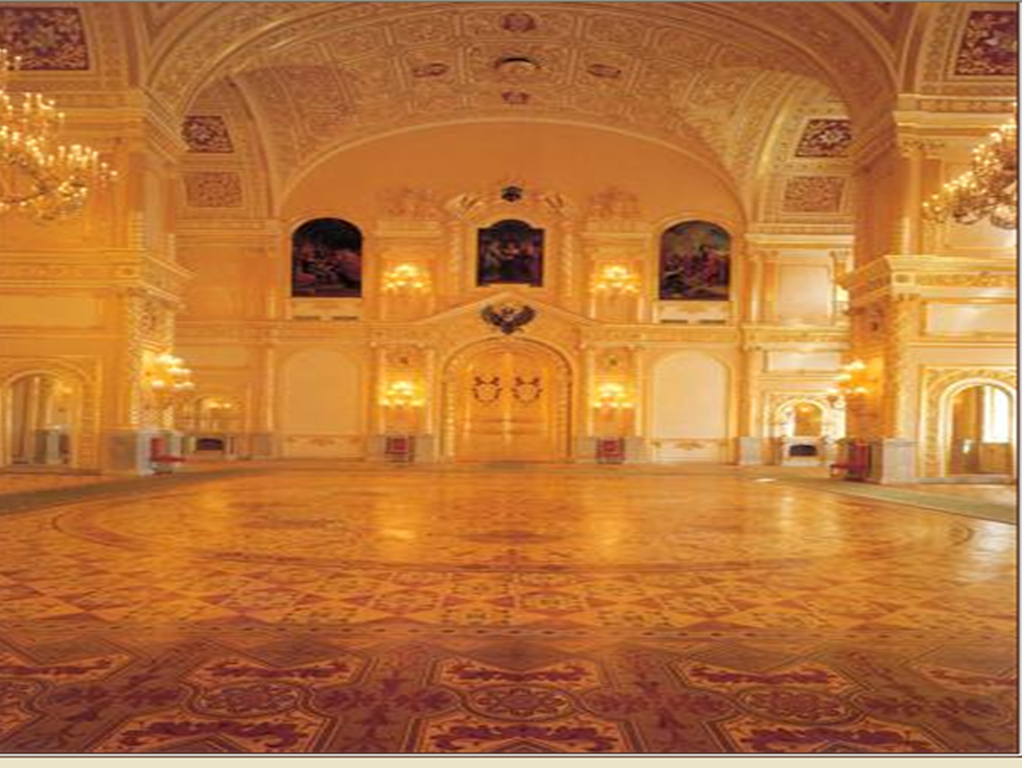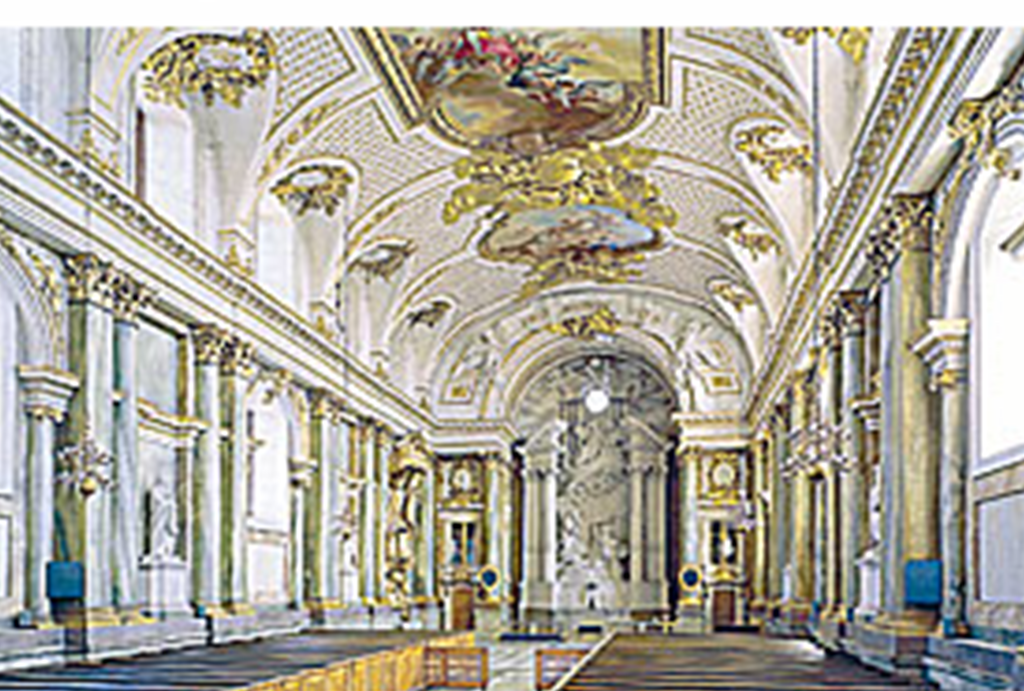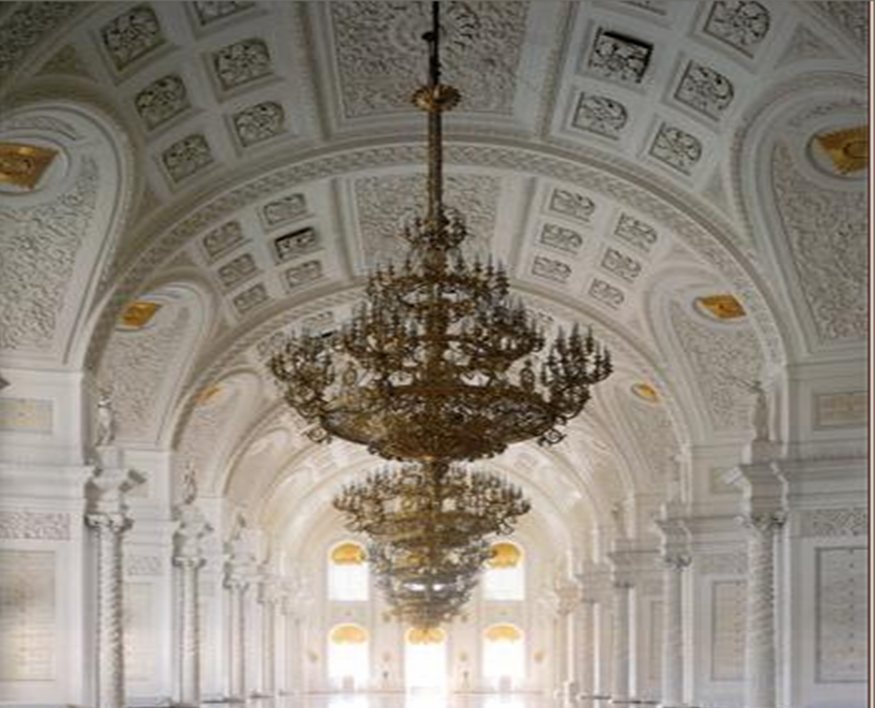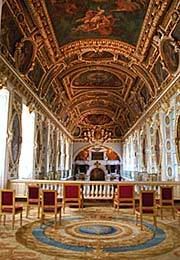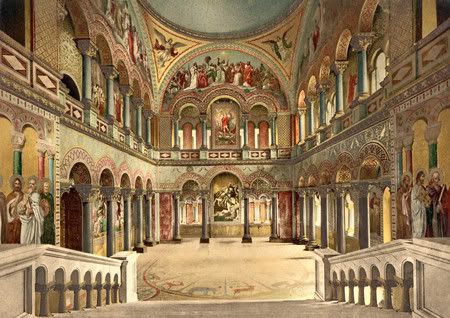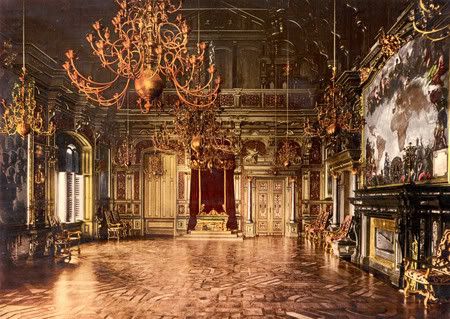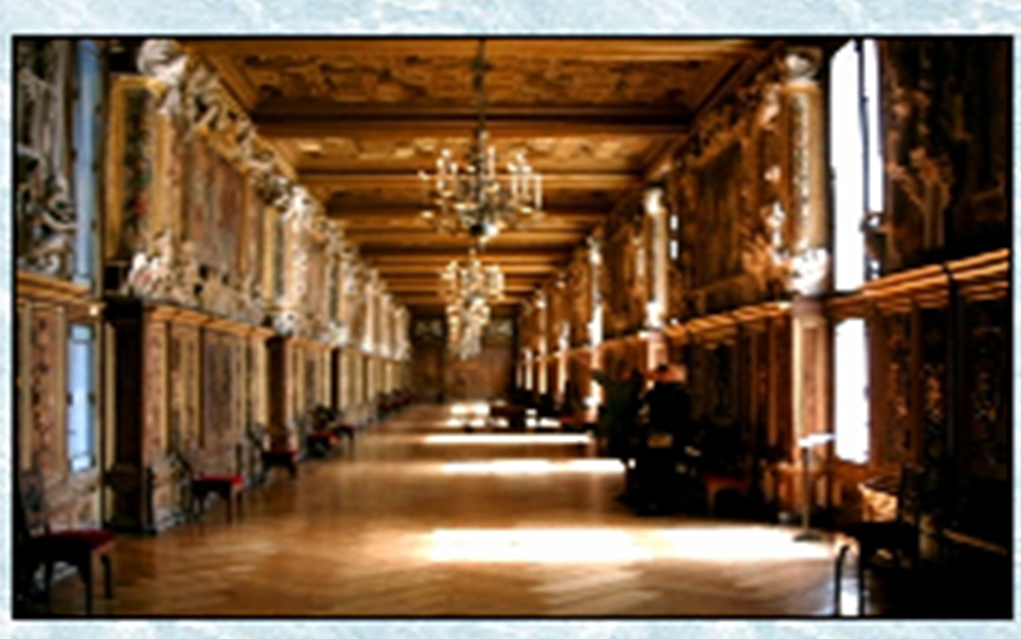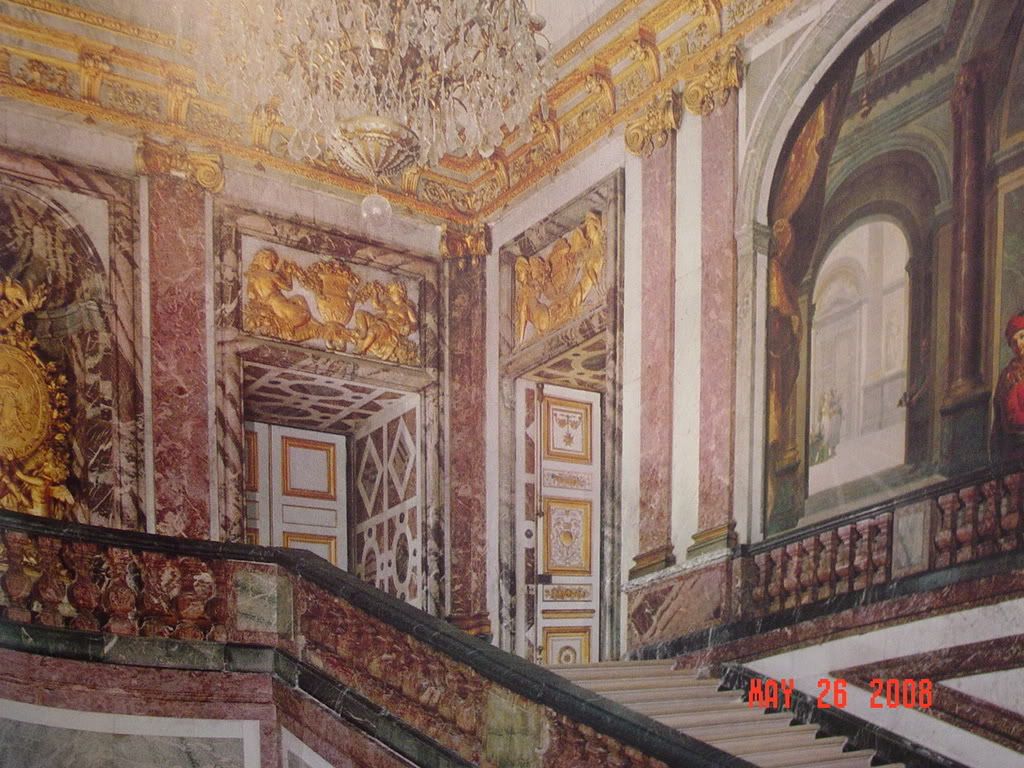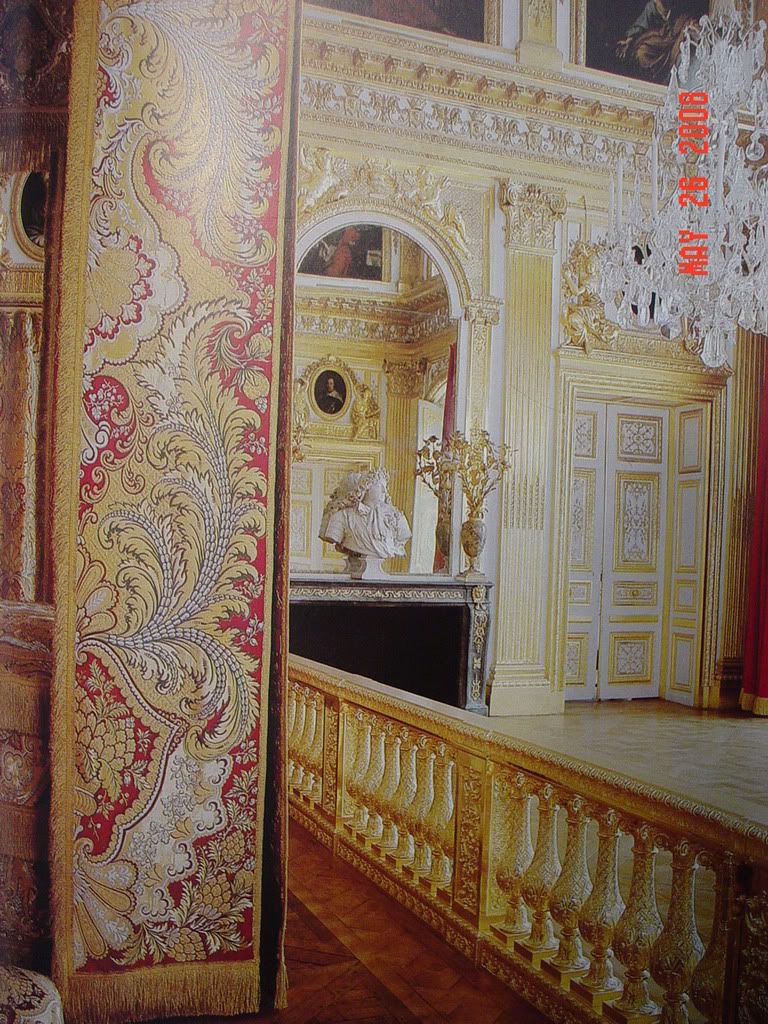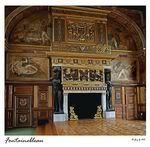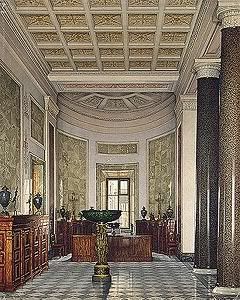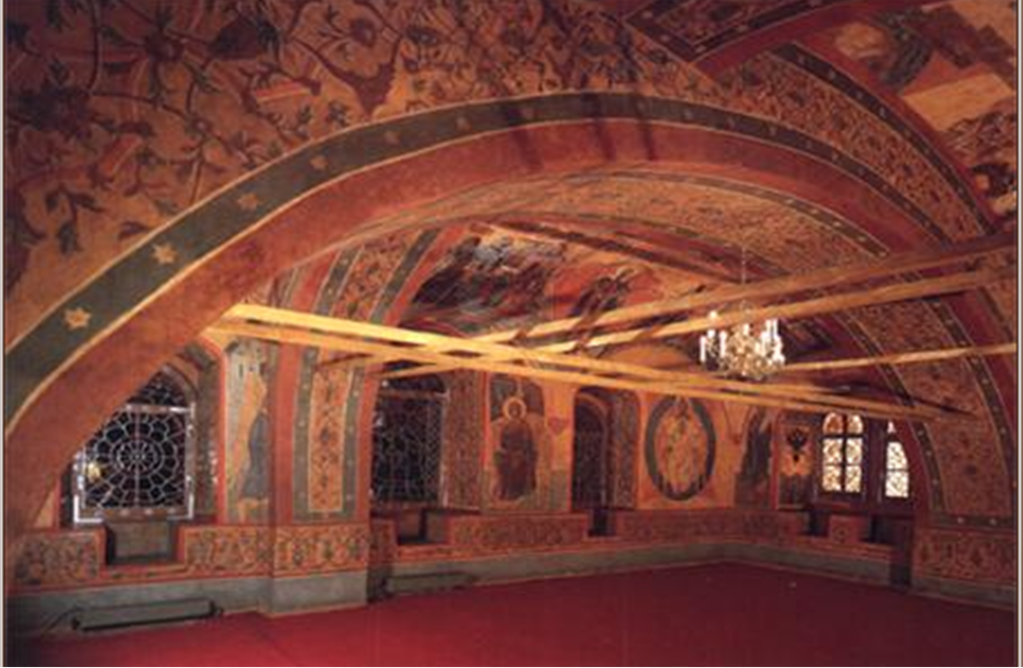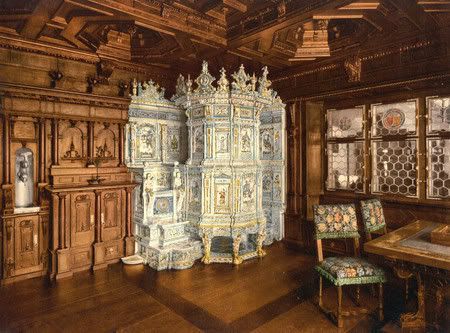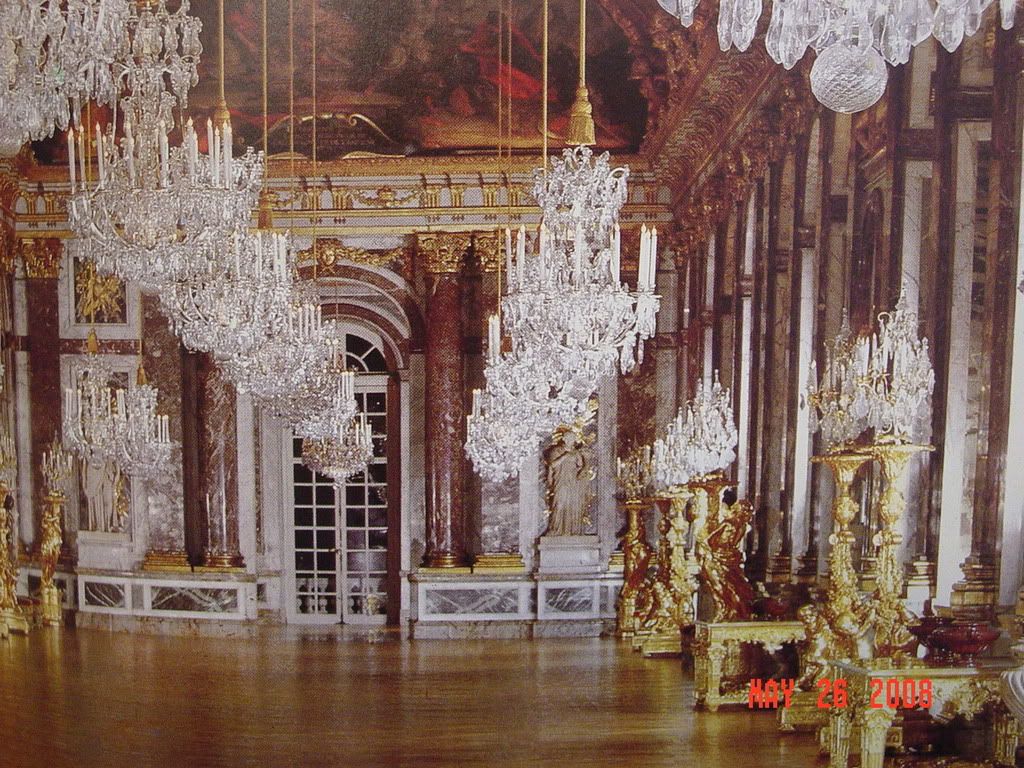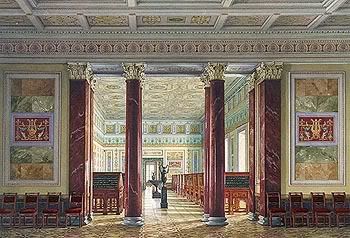The first Rigelian Emperor was Wulfric I. He selected Festungsmauer as the site of his capitol city. His reign was actually very short lived at 17 years. He managed only a wooden and partial stone structure as his castle. It was a turbulent time and he had risen to the top amidst a pack of nobles with the same ambitious goal. Wulfric did sire four sons. Primogeniture had not been well established and his eldest son was not of age when Wulfric was slain in the Battle of Rottenberg. Ulfric was 14 years of age, and the Baronial Council established the Earl of Hannover as Ulfric’s Regent. But when Ulfric turned 17, considered to be ‘of age’, the Earl refused to step aside and allow the heir his rightful place.
This exacerbated the already tumultuous council. When Ulfric turned 19, the Baron’s council was poised on the verge of anarchy. Ulfric led 10 barons and their households against the Earl of Hannover. The battles were mostly skirmishes where there were brief and bloody before the sides split apart and rejoined their battles in another place at another time. The war begun by Ulfric lasted 3 years before the Earl of Hannover was slain and the supporters of the Earl disbanded, acceding to Ulfric’s ascension to the throne of his father.
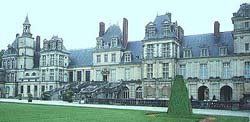
(In real life, this is Fontainebleau Castle in France. Photo is public domain.)
]
Ulfric ruled for 26 years and began construction of the Imperial Palace. He incorporated much of the stone used in his father’s castle, and began having his grand idea erected in the sixth year of his reign. Ulfric sired 6 sons, and 3 girls. His first child was a daughter, which provided no end of disappointment for him. He set aside his first wife and remarried the daughter of the Earl of Chimsee to solidify one of the southern territories. She managed three sons before dying in child birth with another daughter.
Ulfric quickly married the second daughter of the King of Prussia to form an alliance on his eastern borders. She gave him two more children before Ulfric was slain in a territorial dispute along his northern borders with the Norsemen.
Ulfric’s oldest daughter was betrothed at the age of 6 and fostered out to the King of Saxony and was wed to his second son at the age of 15. She died in child birth the following year.



